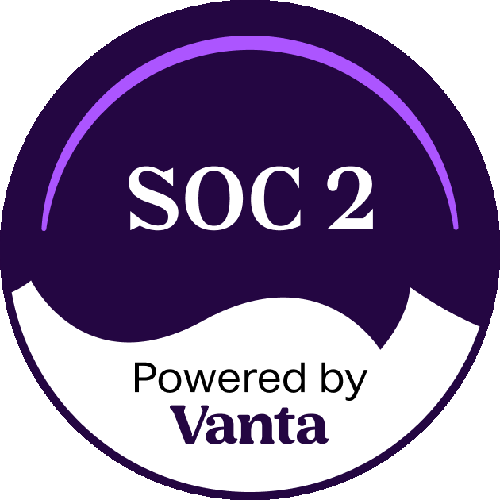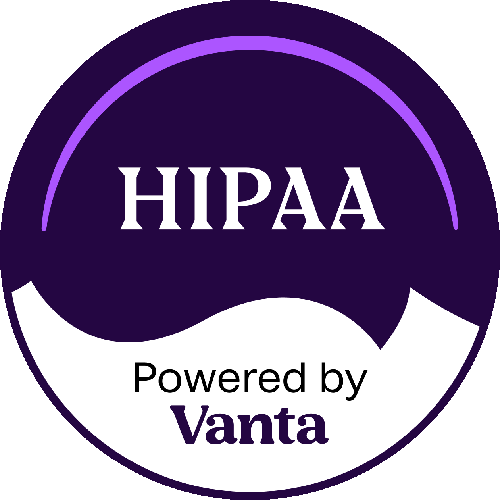Electronic Medical Record (EMR) systems are increasingly becoming more common in healthcare facilities as the demand for value-adding technology climbs. However, Health Information Managers and Medial Records Supervisors are quickly realizing that the document management components within EMR systems cannot cover the advantages derived from pure electronic content management (ECM) software. Although both solutions aim at creating a paperless environment, there are several areas where document management proves more valuable to healthcare facilities.
EMR systems will only cover the tip of the iceberg when it comes to going paperless. EMRs do not make all paper-based documents digital because not every file they manage or have access to gets stored into the system. EMR systems focus exclusively on patient records, with remaining associated documents stored elsewhere. This causes many physician offices to implement ECM systems to ensure they always have patient information readily accessible from one location. Document management software stores all documents into a single repository to truly diminish search and retrieval times by allowing staff to find and access any document the moment they need it.
EMR systems tend to disregard any archived records because they run off a day forward system. Day forward methods are designed to leave historical paper in its original form while only scanning new records. But what if archived records need to be accessed? Without document management, staff members would be forced to search through years of storage boxes and filing cabinets to find paper records. Yet through advanced scanning and capture methods, document management creates electronic records for both archived and current patient records. This in return will free more staff members for patient-focused care byeliminating redundant patient data collection and entry.
Document management solutions provide benefits across an entire organization’s departmental structure. Developers of ECM software are committed to creating efficiencies for all areas of operations including Accounting, Registration, Human Resources, Legal and more. Due to ECM’s permissions based granular security model, these configurable repositories allows staff to protect sensitive records while improving information access to authorized users organization-wide. Extend the value of document management beyond the clinical areas and let every paper-intensive department derive the benefits of electronic content management solutions.
Keeping a consistent, unbroken workflow is critical in a hospital or clinic environment. Waiting for care can feel drawn-out and frustrating, therefore staff must constantly know where to be and what to tackle next. Health IT can be enhanced with document management because it provides access to create automated workflow commands – a highly demanded feature which EMRs lacks. Automatic notifications for record reviews can be routed through emails, and physicians can always stay connected to the document database through secure, remote access from any location through a mobile device.
Healthcare document management solutions provide enhanced HIPAA compliance over basic EMR systems. ECM software decreases the trouble and time spent managing credentialing and regulatory facility requirements. Document management fully supports compliance initiatives with built in audit trails providing document history, transaction logs and reporting tools. With all of your business documents stored within a single repository your center can easily stay complaint to HIPAA, HIT, MITA and other healthcare requirements.
Fully capturing the patient’s story can make the difference between how they are treated and how quickly they can recover. ECM is fully equipped to capture all forms of content and attach it to the corresponding patient record. Meanwhile EMRs cannot handle imaged files, and thus are potentially ignoring critical information. Document management software can capture a variety of file and image formats including PDF, TIFF, JPG, PCX, TXT, RTF, CSV, DWG, MSG, Word, Outlook, PowerPoint and even Excel spreadsheets. These document management systems can process and bring together records created internally and externally to imitate traditional document filing structures and ease the conversion of going paperless.
As previously stated, there is a critical importance to understanding the complete background of a patient’s condition for proper diagnosis and improved overall health. While an EMR system captures the patient’s record it may fail to gather the doctor’s side notes and related information jotted down. These scribbles are often crammed onto a patient record, posted on a sticky note, or made critical due to highlighting, red ink, or use of circles and stars. EMRs make it difficult to point out important information. Yet, document management software provides built in annotation features allowing users to create their own sticky notes, use stamps, highlight and apply colored ink for direct electronic marking. This gives physicians the tools to keep critical information at their fingertips.
For healthcare establishments already using EMR systems, you’re in luck. Advanced document management software ensures a seamless integration so that ECM and EMR systems can work in tandem to improve a clinician’s experience, significantly reducing operational costs and streamline patient care.
Whether a community hospital, surgical center, emergency clinic, or any physician environment, document management can help to provide innovative and efficient health IT support. To learn more,Contact Technologies International INC today.


